Contents
Key Takeaways
- Noise-induced hearing loss is permanent; once the inner ear’s sensory hair cells are damaged, they don’t grow back.
- Harm begins at 85 dBA, and many construction tools exceed this level
- Noise exposure also raises risks of tinnitus, heart issues, and mental strain.
- Using quieter equipment is the best protection—better than relying on earplugs alone.
That Ringing In Your Ears Is a Warning
Does your hearing feel muffled at the end of a shift? Do you have to blast the truck radio on the way home just to hear it clearly? These common experiences are more than just part of the job; they are early warning signs of permanent damage.
Occupational hearing loss is a gradual and sneaky threat. Because it happens slowly, many workers don’t recognize the problem until they have trouble understanding conversations or experience a constant ringing in their ears. By then, it’s too late.
This article cuts through the noise to give you the facts. We will cover the serious health and safety risks of jobsite noise, explain why standard-issue earplugs often aren’t enough, and outline the smarter, more effective ways to control noise at the source.
Your hearing is one of your most valuable tools; it’s time to learn how to protect it for the long haul.
How Serious Is the Hearing Risk on a Construction Site?
Occupational hearing loss is one of the most common work-related illnesses in the United States, and the construction industry is a major contributor.
A National Institute for Occupational Safety and Health (NIOSH) study found that 23% of all construction workers have experienced work-related hearing loss. This prevalence is higher than the rate for workers in all other industries (20%), making construction one of the highest-risk professions for this type of permanent injury.
Within the industry, certain sub-sectors face an even greater risk. The highest rates of hearing loss are found among workers in highway, street, and bridge construction (28%) and site preparation contractors (26%).
The cumulative effect is staggering. Research shows that after 16-25 years on the job, a construction laborer can have the hearing of a person 20 years older who has had no occupational noise exposure.
This is a present and significant danger for millions of people on jobsites today, but it is sometimes treated like a distant problem for a handful of workers.

What Does Jobsite Noise Actually Do to You?
Noise-induced hearing loss (NIHL) is caused by irreversible physical damage to the inner ear. Your inner ear contains thousands of delicate sensory hair cells that convert sound vibrations into electrical signals your brain interprets. Loud noise acts like a physical force, bending and breaking these fragile cells.
Unlike the hair cells in birds or amphibians, human hair cells do not grow back. Once they are damaged or destroyed, they are gone forever. This damage results in sounds that are softer, unclear, and difficult to understand. It’s a loss of clarity that hearing aids can’t fully restore.
The consequences of this damage extend far beyond simply not hearing as well. The Centers for Disease Control and Prevention (CDC) has established clear links between noise exposure and other serious health issues.
Hearing loss is associated with tinnitus (ringing in the ears), heart problems, cognitive decline, and poor mental health. Not to mention that it is a critical safety issue. A worker who can’t hear the warning beep of a forklift backing up or fails to understand a shouted warning is significantly more likely to be injured on the job.
Isn’t Loud Noise Just Part of the Job?
While construction sites are inherently noisy, many of the sounds workers are exposed to are far above what is considered safe. The NIOSH Recommended Exposure Limit (REL) is 85 decibels on an A-weighted scale (dBA) averaged over an eight-hour workday. Any exposure at or above this level is considered hazardous. Many common tools and pieces of equipment easily exceed this limit.
| Equipment | Decibel Level (dBA) |
|---|---|
| Backhoe | 84-93 dBA |
| Bulldozer | 93-96 dBA |
| Concrete Joint Cutter | 99-102 dBA |
| Jackhammer | 102-111 dBA |
| Pneumatic Chipping Hammer | 110-113 dBA |
Understanding that the decibel scale is logarithmic, not linear, is crucial. This means a small increase in dB represents a huge jump in sound energy and risk. An increase of just 3 dB doubles the sound energy.
So, reducing noise by just 3 dB cuts your risk of hearing damage in half. This shows why even seemingly minor noise reduction efforts can have a major impact on your long-term hearing health.
Who Is Responsible for Hearing Loss On The Job?
In most workplaces, employers are legally responsible for preventing occupational hearing loss. This responsibility falls under OSHA regulations, which require employers to:
- Conduct a noise assessment to identify areas and tasks with hazardous noise levels.
- Implement engineering and administrative controls to reduce noise where possible.
- Provide hearing protection devices (HPDs) such as earplugs, earmuffs, or helmets with built-in protection.
- Offer training on proper use, care, and limitations of hearing protection.
- Conduct baseline and periodic audiometric testing to track workers’ hearing over time.
However, employees also have a role: they must properly use the provided PPE and follow workplace safety guidelines. Failing to do so may affect liability, but does not remove the employer’s obligation to provide a safe working environment.
Are Hearing Aids Covered By The Employer?
Hearing aids are generally not automatically covered by employers or standard workers’ compensation for occupational hearing loss. However, coverage may be possible if:
- Hearing loss is directly linked to workplace noise exposure and documented by medical professionals.
- Workers file a claim under workers’ compensation, which some states and employers may approve for hearing aids as part of treatment.
- Some employer health insurance plans may include partial coverage for hearing aids, but this is not guaranteed.
It’s important to note that early intervention with proper HPDs is far more effective than relying on hearing aids after damage occurs. Employers who proactively implement noise control programs not only reduce risk but also lower potential long-term costs associated with compensation and medical care.
Are Earplugs Really Enough?
When it comes to workplace noise safety, there’s a “hierarchy of controls.” Personal protective equipment, like earplugs and earmuffs, is the last line of defense. The best approach starts with engineering controls (reducing noise at the source) and administrative controls (limiting exposure time or rotating tasks). Relying only on hearing protection devices (HPDs) isn’t enough on its own.

Understanding real-world protection levels
The Noise Reduction Rating (NRR) listed on earplug packaging is tested in ideal lab conditions. In real life, things like poor fit or wearing HPDs incorrectly mean workers rarely get that full protection.
OSHA recommends a simple formula to estimate true protection:
- Subtract 7 from the NRR (for example, 17 - 7 = 10).
- Divide by 2 to adjust for real-world use (10 ÷ 2 = 5).
- Subtract that from your workplace noise level (95 dBA - 5 = 90 dBA).
So, even with earplugs rated at NRR 17, your real exposure could still be 90 dBA, a level that can damage hearing over time.
At the same time, too much protection can be just as dangerous as too little. If your environment is 90 dBA, you only need around 5 dB of reduction to stay safe.
Overly strong ear protection can isolate workers from warning alarms, backup signals, and verbal instructions, increasing accident risk.
What Is The Best Type Of Hearing Protection?
There’s no one-size-fits-all solution. For general use, foam or premolded earplugs work well. In louder or variable noise settings, earmuffs or electronic earmuffs/headsets are better, as they reduce harmful noise while allowing communication. For maximum comfort and fit, custom-molded earplugs are ideal.
Common types include:
- Foam earplugs – low-cost and disposable, but must be fitted properly.
- Premolded earplugs – reusable and available in different sizes for comfort.
- Earmuffs – easy to use, provide consistent protection, and can be worn over helmets.
- Electronic earmuffs/headsets – block harmful noise but amplify speech and safe sounds.
- Custom-molded earplugs – fitted by an audiologist for maximum comfort and reliable protection.
- Safety helmets with integrated hearing protection – combine head, face, and ear protection in one.
It’s interesting to note that workers often remove HPDs to talk, which exposes them to dangerous sound spikes, a problem known as the hearing protection paradox. Newer tech may use built-in microphones and Bluetooth to maintain clear communication while still filtering hazardous noise.
What’s the Smarter Way to Control Noise?
The best and most effective way to prevent hearing loss is to control hazardous noise at the source using engineering controls. These solutions reduce or eliminate the hazard itself, providing a safer environment for everyone on site without relying on individual compliance with PPE. Many of these solutions are practical, cost-effective, and proven to work.
- Retrofit old equipment: Simple modifications, like adding dampeners or shields, can reduce operator noise by 11–12 dB at a relatively low cost.
- Buy quiet: When purchasing new machinery, prioritize models with lower noise emissions. Quieter equipment not only protects workers but can also help meet community noise regulations, especially for night work.
- Proper maintenance: Keeping machinery well-maintained and lubricated ensures smoother operation and reduces unnecessary noise.
- Use barriers and enclosures: Installing sound walls, curtains, or full enclosures around noisy equipment can significantly cut exposure. For example, enclosing a wood grinder reduced operator noise by 7.8 dBA.
Administrative controls can also help. Scheduling the noisiest tasks for times when the fewest people are on site or creating designated quiet areas for breaks can reduce workers’ overall daily noise dose.
Conclusion
Occupational hearing loss is a permanent, life-altering condition, but it is also almost entirely preventable.
The damage doesn’t have to be an inevitable cost of a career in construction. By understanding the real risks and prioritizing smarter control measures, we can change the culture and the outcome.
It starts with looking at the jobsite differently — not just as an inherently noisy place, but as an environment where sound can and should be managed. Protecting your hearing protects your ability to communicate with your family, your safety on the job, and your quality of life for decades to come.
FAQ
What are the first signs of hearing loss?
The earliest signs are often subtle. They include having muffled hearing at the end of the day, frequently needing to ask people to repeat themselves, family members complaining that the TV or radio is too loud, or having difficulty understanding what people are saying in noisy places like a restaurant.
What is the safe noise limit for a workday?
While the enforceable OSHA Permissible Exposure Limit (PEL) is 90 dBA for an 8-hour day, the more protective NIOSH Recommended Exposure Limit (REL) is 85 dBA. Any noise exposure at or above 85 dBA is considered hazardous to your hearing.
Can noise-induced hearing loss be cured?
No. Sensorineural hearing loss caused by noise exposure is permanent. The sensory hair cells in the inner ear that are damaged or destroyed do not regenerate in humans. While hearing aids can amplify sounds to make them easier to hear, they cannot restore the original clarity or quality of your natural hearing.
How can I tell if the noise on my jobsite is too loud without a meter?
A reliable rule of thumb is to pay attention to your conversations. If you have to raise your voice to have a normal conversation with someone standing about 6 feet away, the background noise level is likely hazardous and potentially damaging to your hearing.

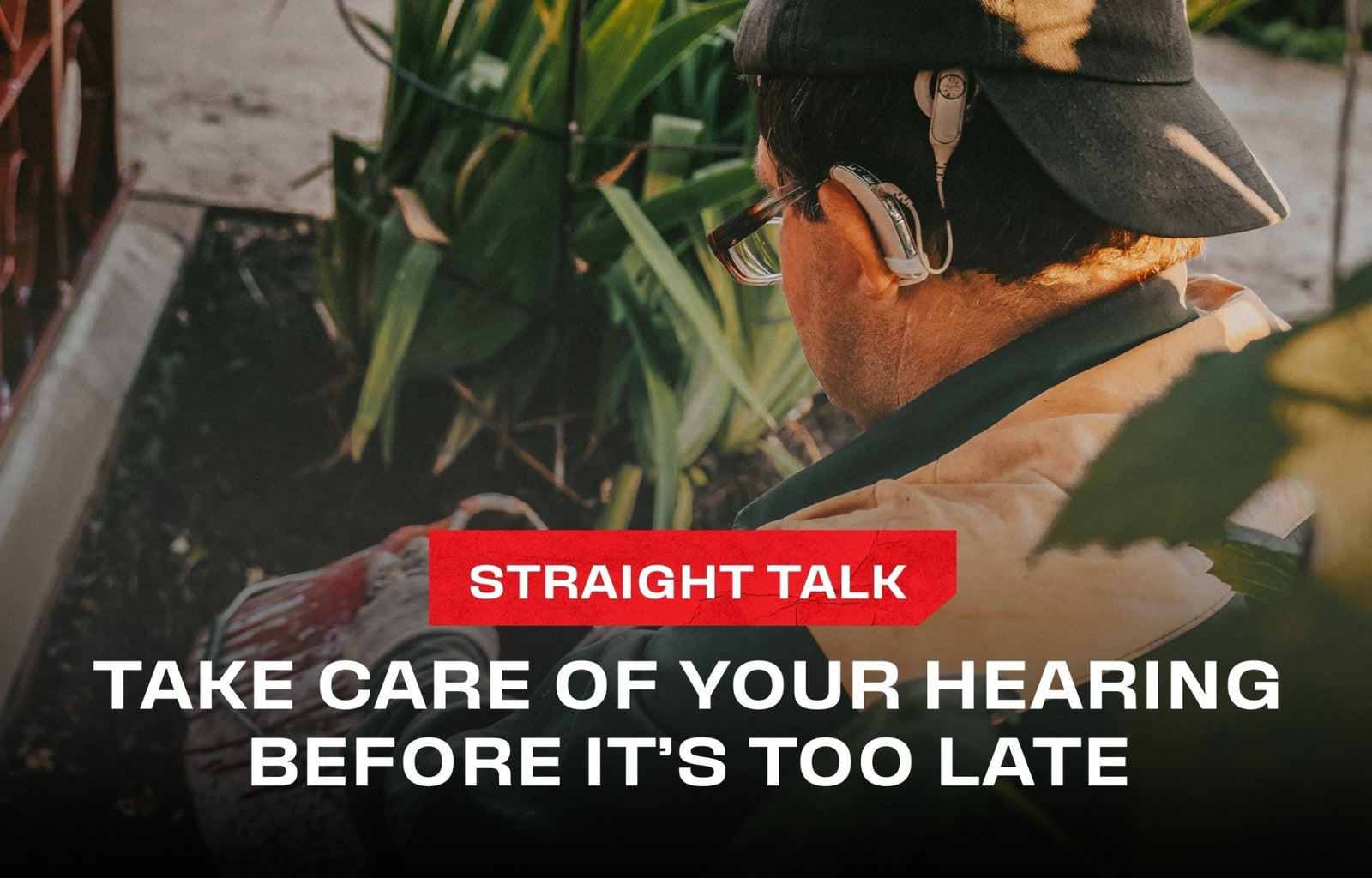





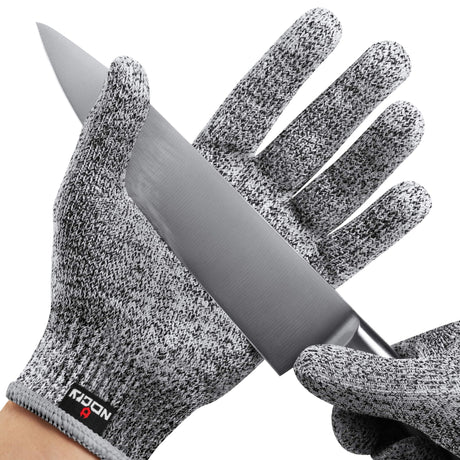


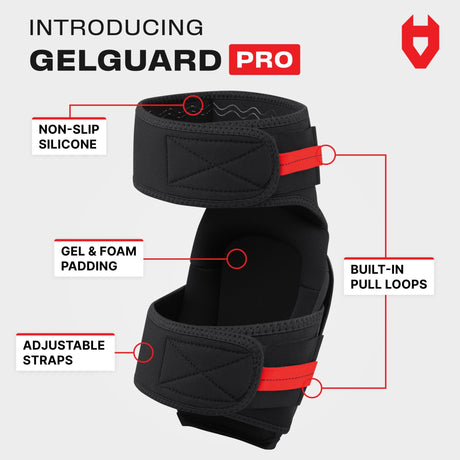
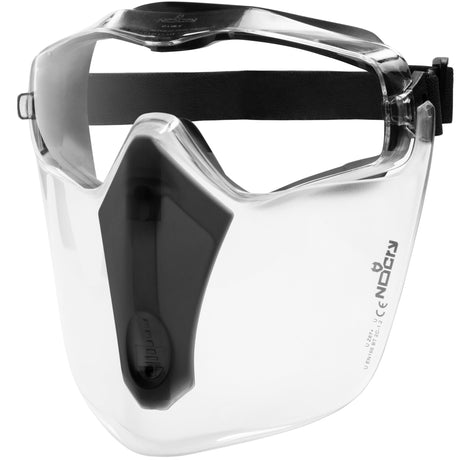
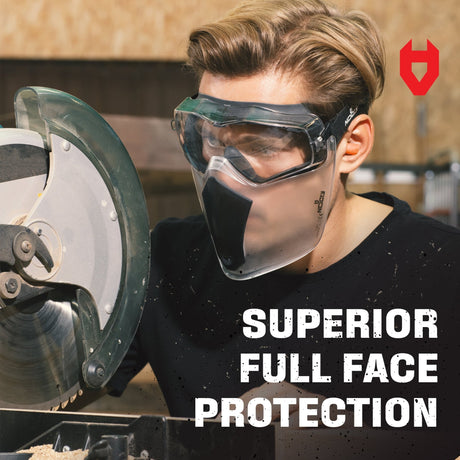
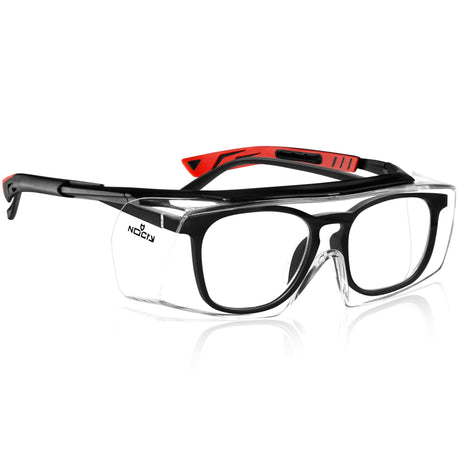
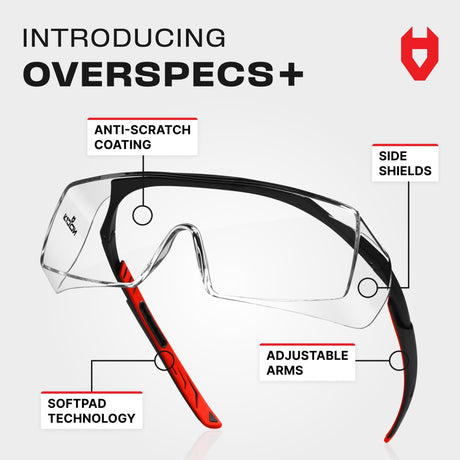


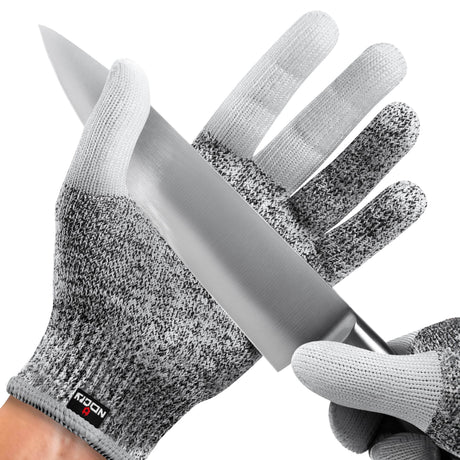
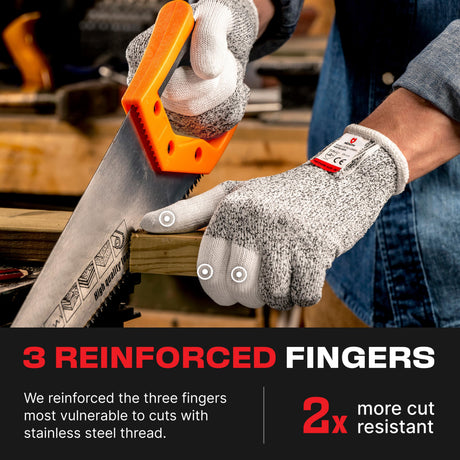
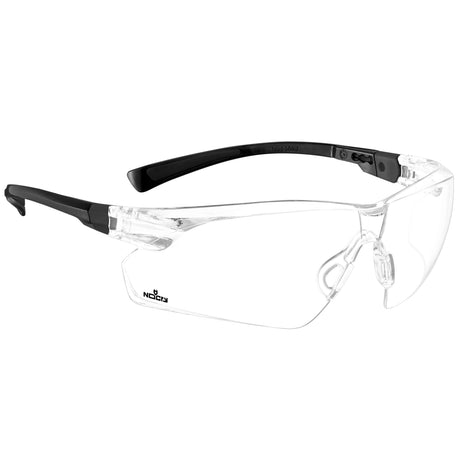



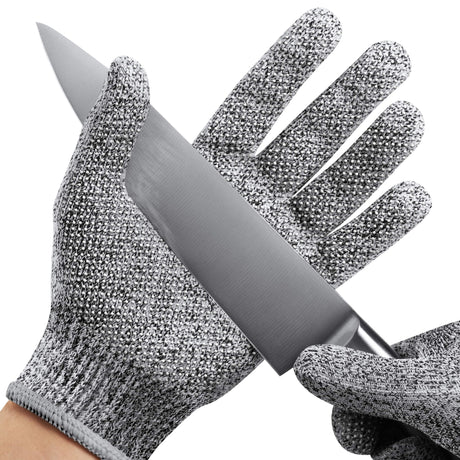

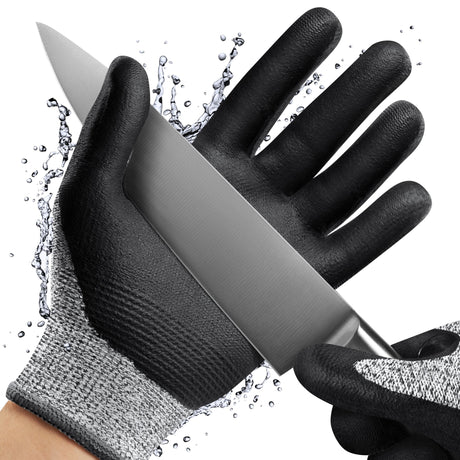
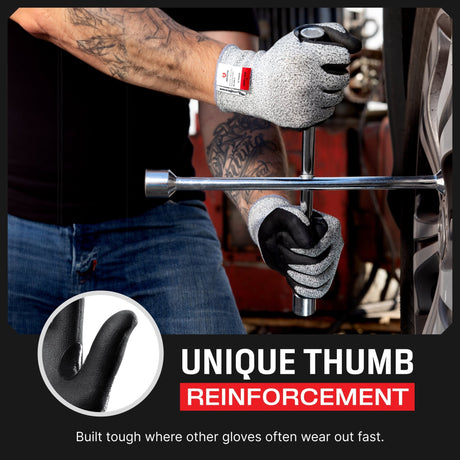

1 comment
Thanks for this fascinating read! I hadn’t really considered how dangerous loud workplace noises can be until now.